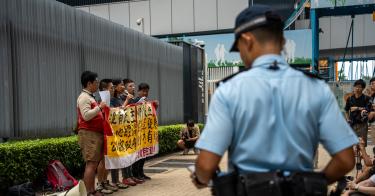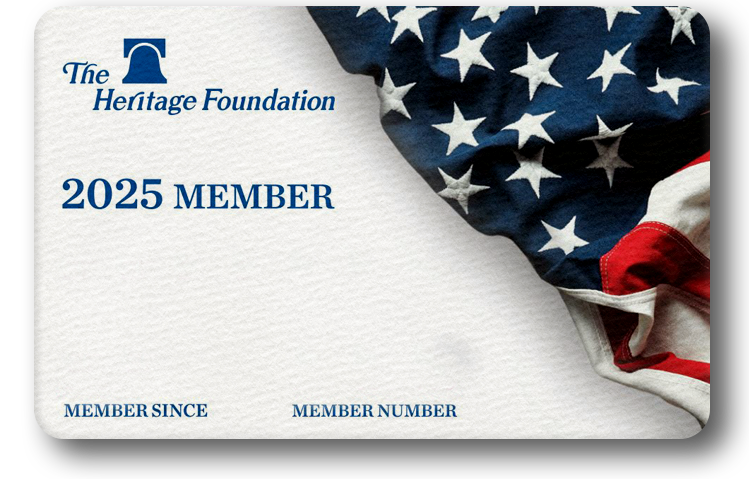Much of the debate about the military threat from the People’s Republic of China (PRC) revolves around the enormity of its capabilities and its determination to expand its armed forces even further. This has prompted debates within U.S. policy circles of both how best to grow American military assets and ensure that our enduring weapons platforms are more capable than those of our Chinese counterparts.
Even as the U.S. begins to expand its military, it is also revising its military doctrines and war-fighting concepts to adapt to the size of the China threat. In a series of war games over the past few years, several things have become evident: Disaggregating some forces will prevent their destruction, utilizing military deception enables successful operations and centralizing combat effects is essential even as operational control is decentralized.
In many respects, the U.S. military is beginning to adopt the characteristics of a strategic insurgent force in the face of significant Chinese military strength. However, there are additional lessons from the wars in Afghanistan and Iraq and from operations by Ukraine against Russia that can provide further insights.
>>> Countering China’s Economic Warfare
One of the central characteristics of the U.S. method of warfighting is embracing advanced technological solutions in place of low-tech efforts. This often entails complex and expensive platforms that frequently take years to complete and field.
Additionally, the PRC has advanced abilities to interfere with U.S. weapons and communications systems, and it has undue influence over them through the control or influence of aspects of their production. Embracing low-technology solutions may allow U.S. military forces to expand their abilities at great scale in place of larger, more expensive systems with longer periods of development. A low-tech approach may also prove more difficult for the PRC to interfere with, be harder to detect, and possibly have greater survivability rates.
A second insurgent approach would be to focus on the Chinese people and their frustrations with their leaders. The greatest threat the PRC fears is its own population, which is why the government has throttled dissent, freedom of expression and freedom of assembly in the past few years.
This has been done, in part, as preparation for domestic unrest in the event a Taiwan invasion were to go awry—and as a means of solidifying and extending the control of Chinese President Xi. There is serious discontent with the Chinese people against their communist form of government and its leaders, who are unaccountable to their people. Many of these frustrations may also exist among Chinese military personnel, which could be exploited.
As part of an information operations effort, the U.S. should explore what a post-communist and post-Xi China would look like. A think tank dedicated to such an effort could possibly be created to highlight corruption and abuse within the regime, explore areas for reform, coalesce opposition elements, draw attention to poor governance and facilitate a peaceful transfer of power from the Communist Party to a more pluralistic system. The goal of these efforts would be to leverage the strength of ideas to weaken the communist regime.
A final concept that should be embraced even more in military planning is the use of military deception to protect operations, mislead senior Chinese leaders and obscure critical capabilities. During World War II the U.S. used deception to mislead Nazi Germany’s leaders into thinking that coalition forces were going to invade Calais instead of Normandy, giving the U.S. and its allies more time to create a beachhead in France. This produced significant strategic effects that helped win the war.
>>> It’s Time To Restructure the U.S. Military’s Command Plan
Similar efforts must be adopted against the pervasive Chinese surveillance state, which uses not just intelligence assets but commercial capabilities—including those that are part of its overseas companies—to collect information on U.S. personnel and operations.
While the U.S. military must expand its forces to be better prepared to face the PRC’s aggressive military actions, it must do so not just by adding troops and other capabilities, but also by thinking asymmetrically. It must do a better job of leveraging low-technology solutions to solve challenging operational problems, utilize the revolutionary heritage of our republic as an ideological tool to weaken China and use military deception more comprehensively in military planning and operations.
While the U.S. military is looking to better enable resiliency for its forces in a wartime situation by promoting concepts that increase survivability, it must do a better job of operating as a strategic insurgent to improve its chances of success against the People’s Republic of China.
This piece originally appeared in The Washington Times




